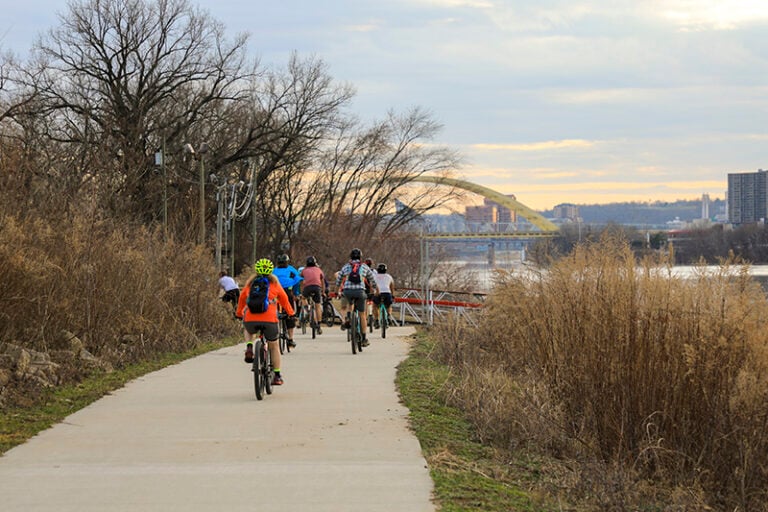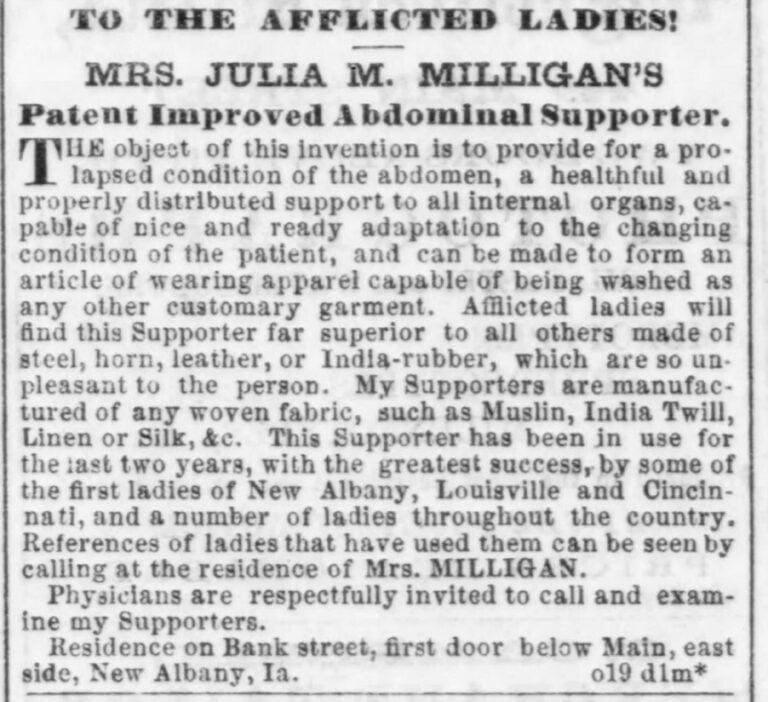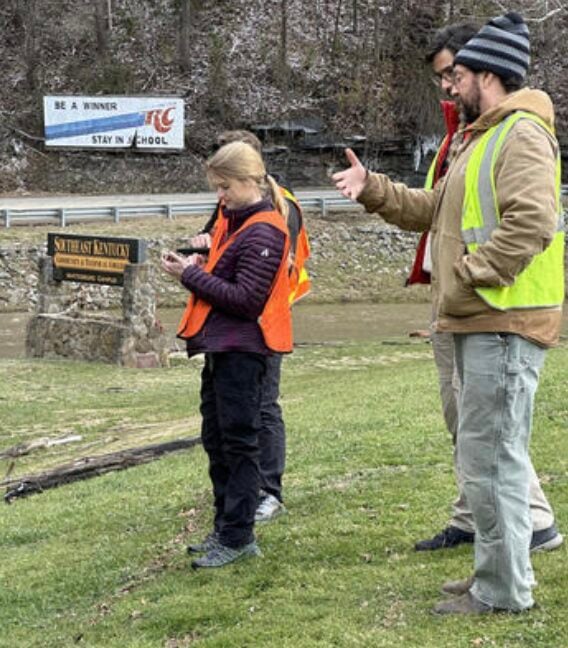An attractive nuisance is like a magnet for kids, drawing them in with its hazardous charm and posing a risk of injury. The term refers to a hazardous condition on a property that is likely to draw the attention of children and pose a risk of injury. The attractive nuisance doctrine, a key principle in premises liability law, holds property owners accountable for taking reasonable measures to safeguard trespassing children from dangers on their property, even if the children are not invited guests.

In the realm of premises liability, few concepts are as deceptively simple—and potentially costly—as the doctrine of attractive nuisance. Whether you’re a homeowner with a backyard pool or a business owner with heavy equipment on-site, understanding this legal principle is essential to safeguarding your property and reducing exposure to lawsuits and insurance claims.
Landowners may be held liable for injuries to children trespassing on the land if the injury is caused by an object on the land that is likely to attract children. The doctrine is designed to protect children who are unable to appreciate the risk posed by the object, by imposing a liability on the landowner. The doctrine has been applied to hold landowners liable for injuries caused by abandoned cars, construction sites, piles of lumber, trampolines, swimming pools, discarded appliances, treehouses, farm equipment, garbage, among other things.
I have observed that many businesses, general contractors, and landowners often concentrate their risk control efforts on their operations, employees, products, vehicles, contracts, and similar areas. However, they often times will overlook what is plainly visible just outside the four walls of their business.
For instance, during a recent construction site inspection that I performed for a client of a couple of weeks ago, I discovered that a general contractor had neglect to erect a security fence and secure the job site at the end of the day, and it backed up to a residential neighborhood a hundred feet away.

Even seemingly benign equipment like garbage compactor at the back of a grocery store can pose serious risks. In one example recently ran across an exterior garage compactor with keys left in the slot 24/7, located near a residential neighborhoods. This setup was obviously an attractive nuisance due to its accessibility and danger to children. The list of examples are endless.
In a more recent case, two 17-year-old boys suffered severe electrocution burns after climbing a parked freight car under energized power lines. The court ruled that both the property owner and the car owner were liable, awarding $24.2 million in damages.
These examples underscore the high stakes involved. Liability can extend to both homeowners and commercial entities, and the financial consequences can be devastating. Here are some steps you can take to reduce your exposure and to protect your community:
• Conduct Regular Property Inspections – Walk your property with a critical eye. Look for anything that might be enticing to a child or teenager. This includes unsecured equipment, open pits, or accessible rooftops. Document your inspections and any corrective actions taken.
• Secure Hazardous Areas – Install fences, locks, and warning signs around dangerous areas. Swimming pools should have self-latching gates and covers. Construction zones should be barricaded and monitored. Even simple measures like removing keys from machinery can make a significant difference.
 Keven Moore works in risk management services. He has a bachelor’s degree from the University of Kentucky, a master’s from Eastern Kentucky University and 25-plus years of experience in the safety and insurance profession. He is also an expert witness. He lives in Lexington with his family and works out of both Lexington and Northern Kentucky. Keven can be reached at kmoore@higusa.com
Keven Moore works in risk management services. He has a bachelor’s degree from the University of Kentucky, a master’s from Eastern Kentucky University and 25-plus years of experience in the safety and insurance profession. He is also an expert witness. He lives in Lexington with his family and works out of both Lexington and Northern Kentucky. Keven can be reached at kmoore@higusa.com• Remove or Modify Dangerous Conditions – If a hazard serves no essential purpose, consider removing it. For example, discard old appliances properly rather than leaving them outside. If removal isn’t feasible, modify the condition to reduce risk—such as draining unused water features or disabling equipment.
• Educate Employees and Tenants – If you own a business or rental property, ensure that staff and tenants understand the risks and their responsibilities. Provide training on securing equipment and reporting hazards. Include attractive nuisance awareness in your safety protocols.
• Maintain Adequate Insurance Coverage – While insurance won’t prevent liability, it can protect you financially. Review your policy to ensure it covers premises liability and includes sufficient limits. Consult your insurance broker to tailor coverage to your specific risks.
• Solicit The Help Of Your Insurance Broker & Insurance Carrier – Getting another set of trained eyes to inspect your property for attractive nuisances from a loss control consultant can help reduce your exposure for a future loss.
• Document Safety Measures – Keep records of inspections, repairs, and communications related to safety. In the event of a claim, this documentation can demonstrate that you took reasonable steps to mitigate risk.
The doctrine of attractive nuisance is a powerful reminder that safety isn’t just about compliance — it’s about foresight. Whether you’re managing a home or a business, the presence of enticing but dangerous conditions can expose you to significant legal and financial risk.
By understanding what qualifies as an attractive nuisance and taking proactive steps to mitigate those risks, you not only protect your property, you protect lives.
Be safe my friends.

















